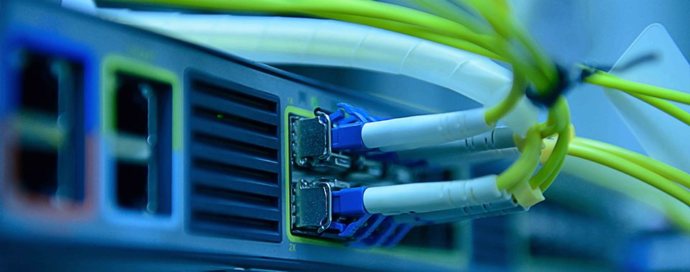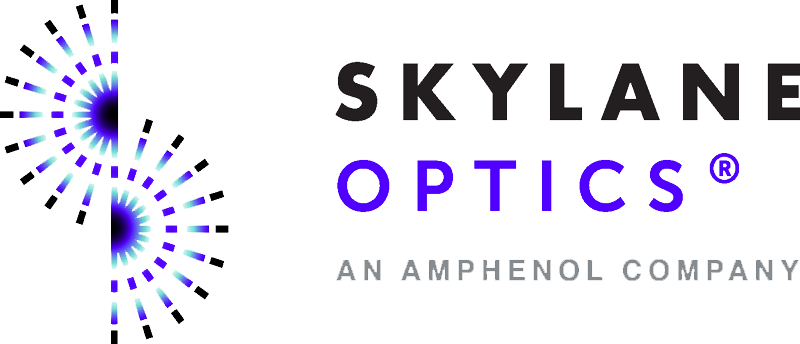Ethernet

Ethernet is the most popular way for a local area network (LAN) or wide area network (WAN) to connect to devices, such as computers, printers and servers that require a connection to the internet.
Introduced in 1980 and standardized in 1983 it is one of the most widely used communication channel in networking. It doesn’t just connect devices to the internet though. It’s also used to connect devices to each other – for example, computers to computers, computers to printers, to speakers for video conferencing and more. This is possible because of use of Ethernet supports electrical connection through twisted pair cables between devices.
Ethernet was developed at Xerox PARC in 1974. It initially competed with Token Ring and Token Bus but it was able to adapt to the market and shift to inexpensive twisted pair wiring and thus became popular very fast. 3Com shipped its first 10 Mbit/s Ethernet 3C100 NIC in March 1981, and that year started selling adapters for PDP-11s and VAXes, as well as Multibus-based Intel and Sun Microsystems computers. This was followed quickly by DEC’s Unibus to Ethernet adapter, which DEC sold and used internally to build its own corporate network, which reached over 10,000 nodes by 1986, making it one of the largest computer networks in the world at that time. By the early 1990s, Ethernet became a necessary feature for computers, and Ethernet ports began to appear on some PCs and most workstations.
Ethernet has evolved since then to have better bandwidth, control and access mechanisms. Ethernet communicates by sending data packets called frames. Each Ethernet station is given a globally unique identification called the MAC address and the source and destination MAC address are mentioned in each frame of data sent. On reception of a transmission, the receiver uses the destination address to determine whether the transmission is relevant to the station or should be ignored. A network interface normally does not accept packets addressed to other Ethernet stations. An EtherType field in each frame is used by the operating system on the receiving station to select the appropriate protocol module. Ethernet frames are said to be self-identifying, because of the EtherType field, which allows to intermix multiple protocols on the same physical network and allow a single computer to use multiple protocols together. Despite the evolution of Ethernet technology, all generations of Ethernet use the same frame formats.
Similar article: Synchronous optical networking



